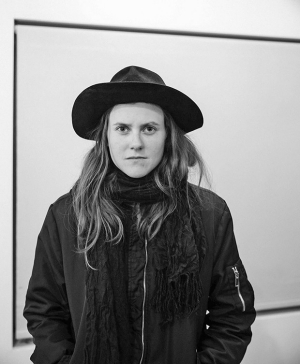When Gagnon started at Concordia she was struggling with a number of personal issues, including her identity and the fact that she was a francophone in a predominantly anglophone environment.
“The timing of everything meant that I ended up defining who I was as a person while I was at Concordia,” she says. “I met so many people — people from all over the world — while I was there and many of them are now people I collaborate with on a professional level, daily.”
Even though she graduated in photography and isn’t as involved in the field as she once thought she might be, Gagnon credits her experience in the program with the confidence she has in herself. “My background at Concordia and the confidence I gained while I was there, as well as the people I met and surround myself with now, are all huge pluses for me,” she says.
“My studies helped me believe in what I can accomplish, and myself, and taught me that there was a world of possibilities ahead of me.”
Gagnon’s Department of Studio Arts professors such as Jessica Auer, BFA 01, MFA 07, and Marisa Portolese, BFA 94, MFA 01, were particularly influential — and inspiring. “The whole program was focused on exchanging ideas and a lot of my teachers were artists in their own right, so it was very inspiring,” she says.
Since Lez Spread the Word, Gagnon and Robichaud have gone on to create a webseries called Féminin/Féminin, which follows a group of lesbians dealing with life and love. The series debuted online in 2014 and has since been picked up by ICI Tou.tv in Quebec and France Télévisions. It won two Gemini Awards in 2015 and has garnered more than two million views online. It’s currently in its second season.
“Concordia was a great program for me because I had some pretty unconventional ideas and I wanted to create something that was representative of my mood, which was one of revolt,” Gagnon says.
“In the end, I was able to create something positive that could have helped the young girl I was at the time.”
 The first issue of Lez Spread the Word had two covers, each featuring one of the twin sisters of the Canadian indie band Tegan and Sara.
The first issue of Lez Spread the Word had two covers, each featuring one of the twin sisters of the Canadian indie band Tegan and Sara.
 Lez Spread the Word co-founders Florence Gagnon (pictured) and Chloé Robichaud met while studying at Concordia.
Lez Spread the Word co-founders Florence Gagnon (pictured) and Chloé Robichaud met while studying at Concordia.